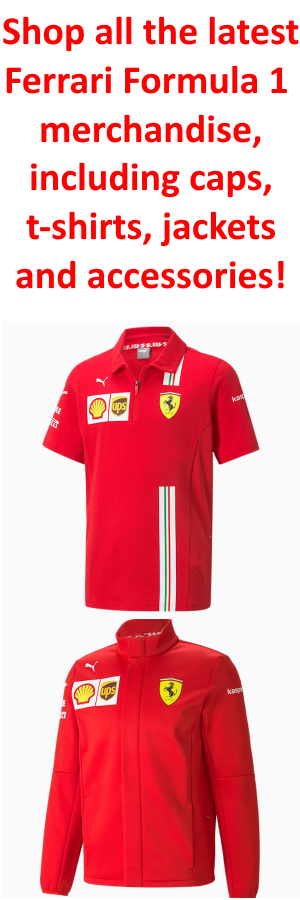What’s “carry and coast” and why it’s used
Earlier than analysing Charles Leclerc’s particular case in Spain, let’s outline what “carry and coast” is. It’s a driving method that consists in lifting the foot off the throttle early (“carry”) when approaching a braking level or a nook, permitting the automotive to roll for a sure period of time with out making use of throttle or brake (“coasting”), till it’s time to start braking or reapplying energy on nook exit.
This method, whereas leading to lap time loss, is usually utilized by all drivers throughout race phases for a number of causes:
Gas saving: lifting off the throttle early reduces engine energy demand, permitting for gas financial savings mandatory to finish the race whereas staying throughout the minimal gas stage set by laws.
Energy unit temperature administration: equally, in case of overheating—due, for instance, to excessive climate circumstances or extended publicity to soiled air—coasting for a number of meters at decrease revs helps cool the facility unit and thus improves reliability.
Tyre administration: decreased throttle demand helps handle the tyres, each by way of thermal degradation and put on, enhancing race tempo consistency and lengthening tyre life.
Charles Leclerc telemetry evaluation in Spain
In the course of the third stint of the Spanish GP, Charles Leclerc had to make use of carry and coast nearly consistently. To grasp the direct affect of this method, it’s helpful to analyse telemetry by evaluating his greatest lap within the third stint with the very best lap of the second stint, the place no such limitation was current.
Overlaying the info clearly reveals how, on the finish of the primary straight, Charles Leclerc lifts off the throttle about 150 meters earlier than the same old braking level, coasting via that stretch. Consequently, in that section the pace drops progressively, primarily as a result of aerodynamic drag.

Supply: F1inGenerale
As for the lap time affect, as may be seen from the quickly falling delta channel, the manoeuvre at that time on the Spanish circuit prices Charles Leclerc multiple tenth. This actually helps clarify the Monegasque’s much less aggressive tempo in comparison with the earlier stint, during which such administration limitations had been absent.
The precise purpose at Ferrari
A workforce radio, nonetheless, means that Charles Leclerc needed to apply carry and coast for a purpose completely different from the extra frequent ones listed earlier. The Ferrari pit wall, in actual fact, instructed him to do it at all times—besides when the DRS was open.
This instruction suggests the explanation may very well be associated to preserving the plank, i.e., the picket skid block mounted on the automotive’s ground, whose most put on is regulated beneath penalty of disqualification. This put on will increase in spots the place the automotive reaches the minimal experience peak, inflicting the phenomenon generally known as “bottoming,” or contact between the automotive’s ground and the monitor floor. This happens particularly on the finish of straights, the place the automotive hits high pace and thus most downforce, which compresses the automotive in the direction of the bottom, lowering experience peak.
On this context, the DRS performs a key position: when open, it reduces aerodynamic drag and with it a number of the downforce, barely growing experience peak. Making use of carry and coast solely when the moveable flap is closed would subsequently seem like a focused resolution to scale back bottoming and thus plank put on, probably required as a result of an aggressive experience peak setup aimed toward maximising aerodynamics.
This highlights the commendable effort from the Prancing Horse’s engineers, keen to push the boundaries to maximise efficiency—a technique that in the end helped carry the motive force to the rostrum.
Supply: f1ingenerale



